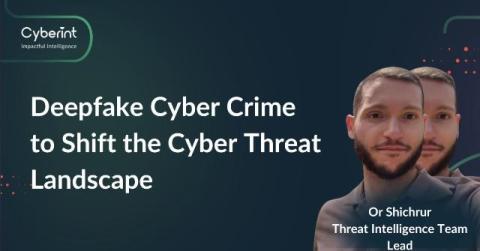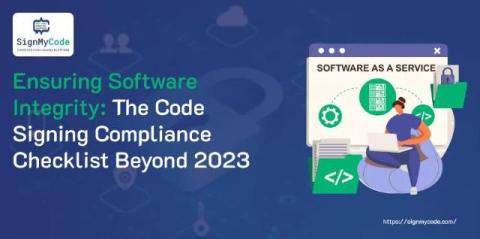SMBv3 Vulnerabilities Explained
Workplaces have evolved. While hybrid and remote work existed before COVID-19, these working arrangements became even more prevalent during and after the pandemic. Today, workplaces offer the flexibility for employees to work and access company resources from anywhere worldwide, with the Server Message Block (SMB) protocol at the center of this.













